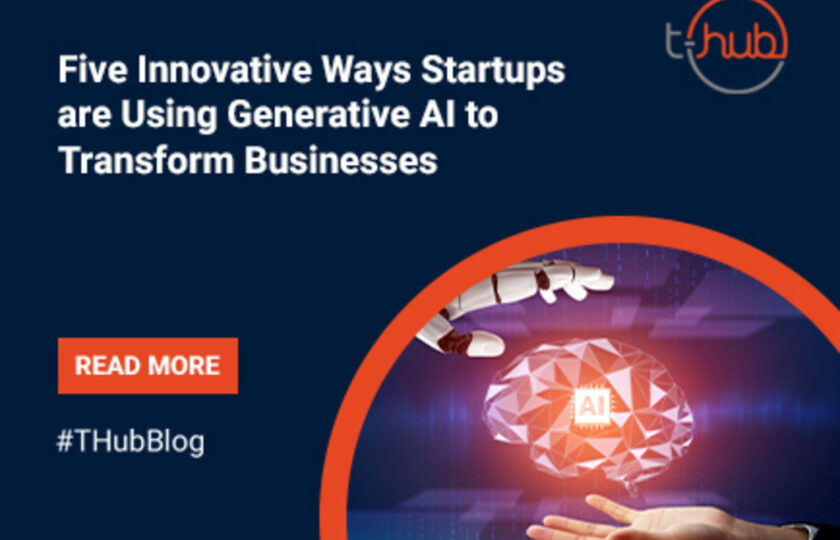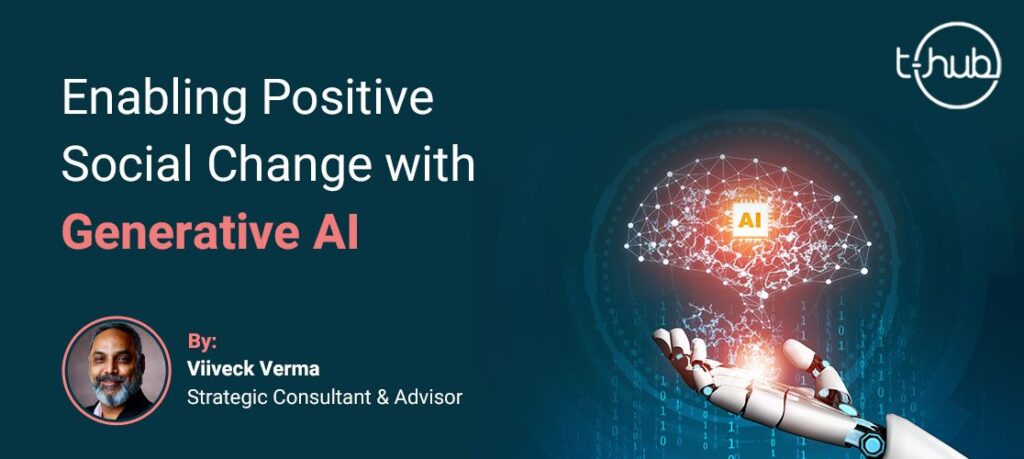
We live in a world of perpetual change brought on by technological advancements. We have advanced from handcrafting products through mass-machine production to a complete digital takeover. Today, our ecosystem revolves around smart and connected production systems that use technologies like the Internet of Things (IoT), artificial intelligence (AI) and machine learning (ML) to sense, predict and interact with the physical world to create an inclusive and human-centred future. The fast-evolving technologies are rerouting how we live, interact and work, especially as we consider an AI-centric future.
AI is already widely prevalent and used in our ecosystem. These applications include, chatbots, self-driving cars, navigation through Google and Apple maps, security and surveillance, personalised shopping experience, facial detection and recognition, text editors and autocorrect, search and recommendation algorithms, social media content suggestions and e-payments. The global AI market was valued at USD 136.55 billion (1) in 2022 and is gauged to grow at a compounded annual growth rate (CAGR) of 37.37 per cent between 2023 and 2030. Another growing facet of AI is generative AI technology, which automatically creates content and interactive interfaces with little human involvement.
Introducing generative AI
Generative AI software like ChatGPT or DALL-E is a combination of algorithms that create or generate content based on the training data fed into it. It can do various tasks and reduce our involvement in the intermediate processes, which drive our final products. The automatic generation of useful text, reports, charts, graphs and audiovisual content can help us to maximise our time and cognitive abilities by reducing the mental load inherent in working.

Explainable AI (XAI) is another growing development in AI systems that offer clear and understandable explanations of the large language models’ (LLMs) decision-making processes and outcomes.
Generative AI models often arrive at complex solutions and results without providing any clear rationale or transparency. XAI models enhance trust and accountability in the research and the outcomes. Such transparency is important in sensitive domains that impact individual lives, such as healthcare, finance and judicial systems.
However, like generative AI, XAI is in nascent stages and requires research and development to strike a balance between accuracy and interpretability and foster responsible and ethical use of AI technology while enabling effective deployment in real-world applications.
Leveraging generative AI as a creative assistant
Generative AI is reimagining responsibilities at work. Thomas H. Davenport and Nitin Mittal in a case study written for Harvard Business Review, state how human intervention and involvement are crucial for a productive application of generative AI. A human agent enters a prompt into an artificial intelligence generative model for content to be created. Once a generative model produces content, a human agent must assess and edit it. Davenport and Mittal speak of the case of Jason Allen, winner of Colorado’s “digitally manipulated photography” contest using AI. He had to spend 80 hours making over 900 art variants, revise his prompts consistently, and finally enhance the product using Adobe Photoshop. AI works in tandem with human creativity and diligence to unleash rewarding outcomes.
Generative AI has the potential to change the anatomy of work by automating work activities that take up 60 to 70 per cent of employees’ time (2). Multiple startups and small businesses are utilising LMMs to deliver value across customer operations, software engineering, marketing and sales and research and development activities. Generative AI can significantly impact percentage revenues in banking, high-tech, logistics, manufacturing and life science industries.
Even on the entrepreneurial front, generative AI startups have also proven to be hugely successful. As per an article in Entrepreneur, the market for generative AI globally is expected to increase from USD 11.3 billion in 2023 to USD 51.8 billion in 2028, while global startups in the arena have raised hundreds of millions of dollars in funding.
Improving citizen services
Generative AI holds tremendous potential to revolutionise the social impact sector. The social impact sector includes non-profit, social enterprises, government agencies and philanthropic organisations.

Organisations can use AI to create an information assistant to improve citizen services and internal efficiency. AI can develop chatbots to handle frequently asked questions, recommend services and facilitate simple transactions. It can make organisations more accessible and efficient and free up manpower from repetitive tasks and enable them to focus on strategic projects for the public good.
Automatic data processing can boost organisations’ productivity and help them actualise their aims. While human oversight is necessary for verification and completeness, generative AI significantly reduces the time-to-completion of tasks, fostering efficiency and innovation.
Considering global and domestic developments and the adoption of AI, the Government of India has made plans to champion an AI revolution in India.
It includes establishing the Centre of Artificial Intelligence and Robotics (CAIR) to develop battlefield communication and management systems. The Telangana government has collaborated with Intel India, PHFI and IIT-H to launch Intel AI, a research centre focused on improving India’s healthcare and smart mobility segment. The Ministry of Corporate Affairs launched a revamped third version of an MCA portal, which promotes ease of doing business by leveraging AI/ML to simplify regulatory filings for companies. GOI has multiple other projects and collaborations with companies, government bodies and countries to foster AI innovation.
The transformative potential of generative AI to generate content, streamline processes and uncover insights open up new avenues for innovation and problem-solving in the social impact sector. By embracing generative AI, organisations can harness its power to drive positive change, empower communities and create a more sustainable and inclusive future.
About the Author
Viiveck Verma is a specialist in corporate strategy with over three decades of sectoral and cross-functional work experience, having built illustrious brands including TEDxHyderabad, SAHE, and Upsurge Global. His investments and mentoring have benefitted over 140 organisations and with his expertise, he writes prolifically on business and entrepreneurship, having authored a book alongside numerous articles for reputed publications.
References:


